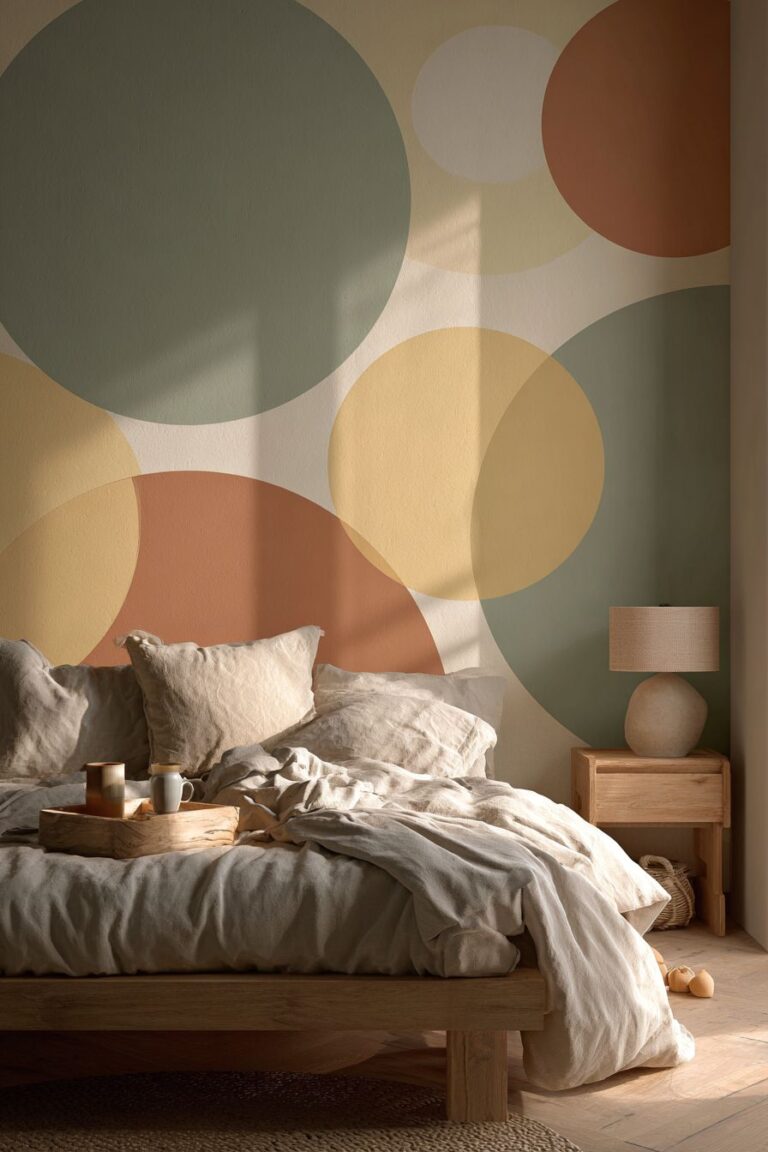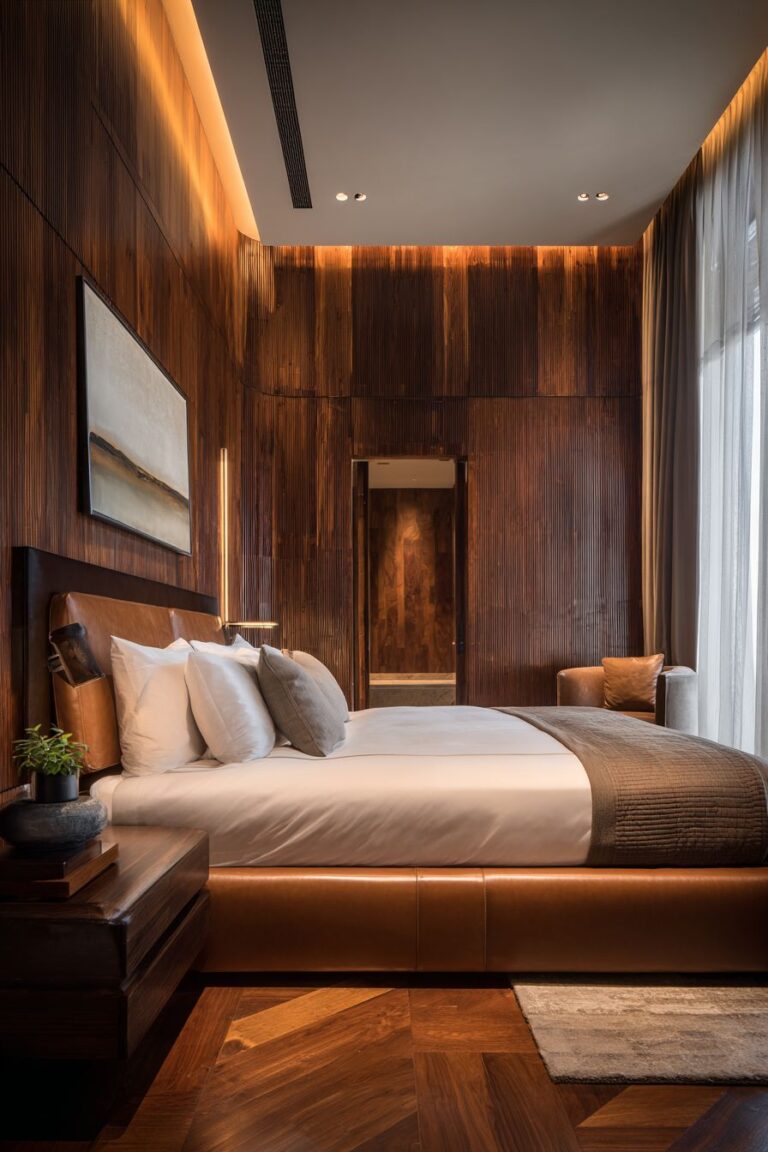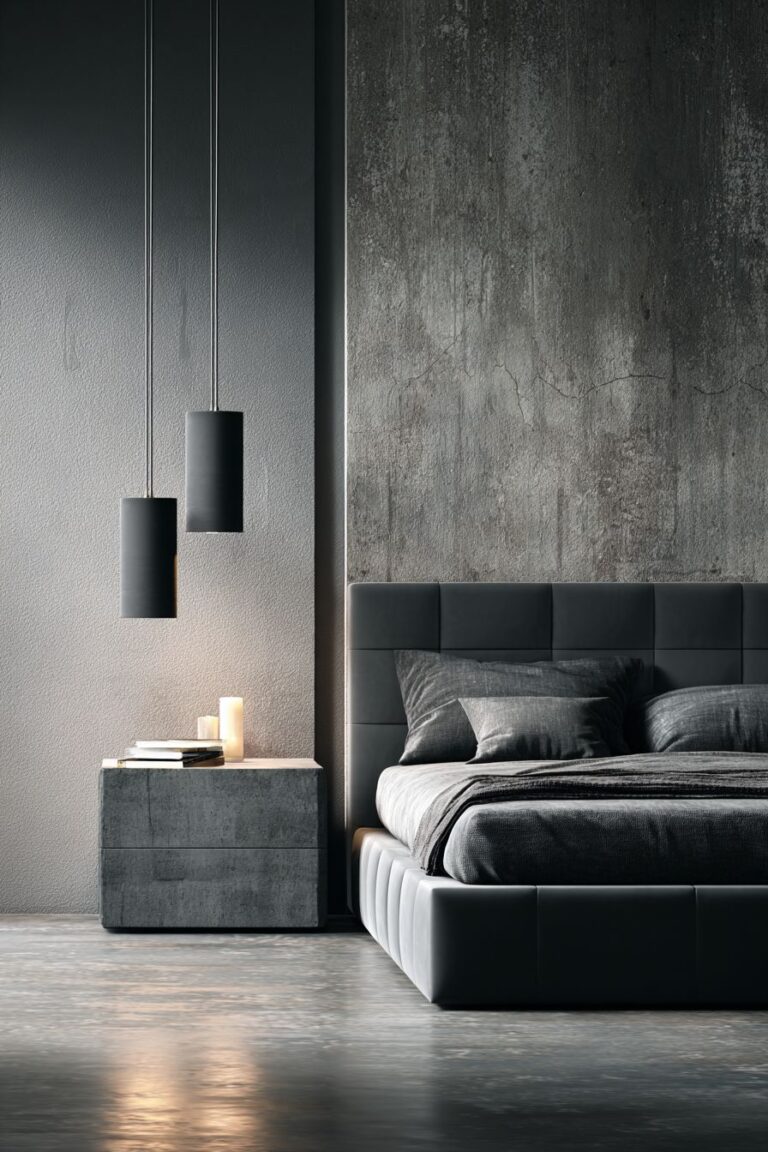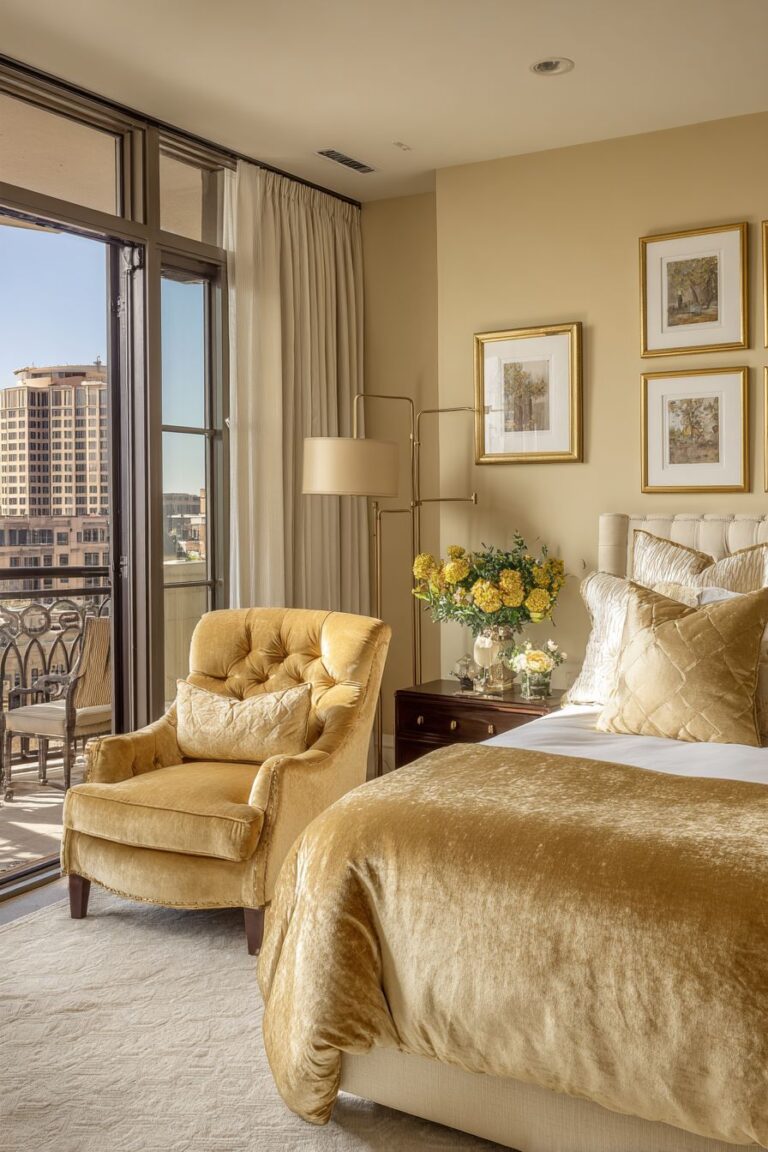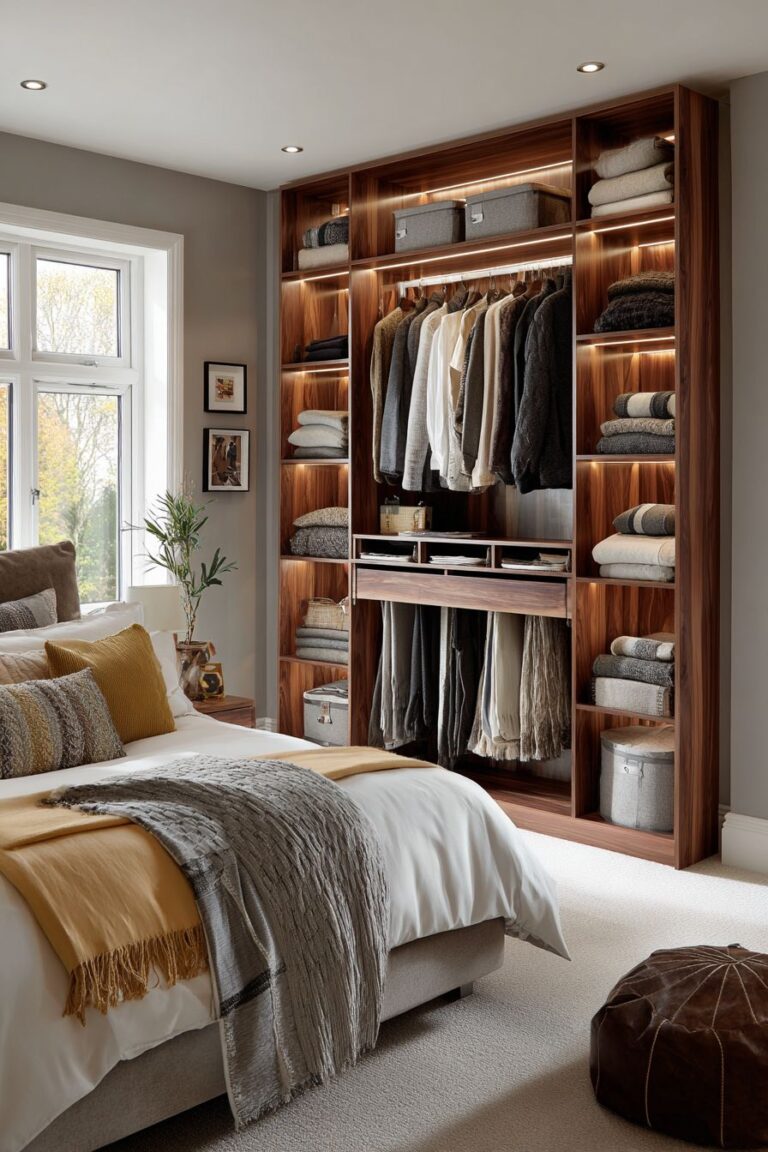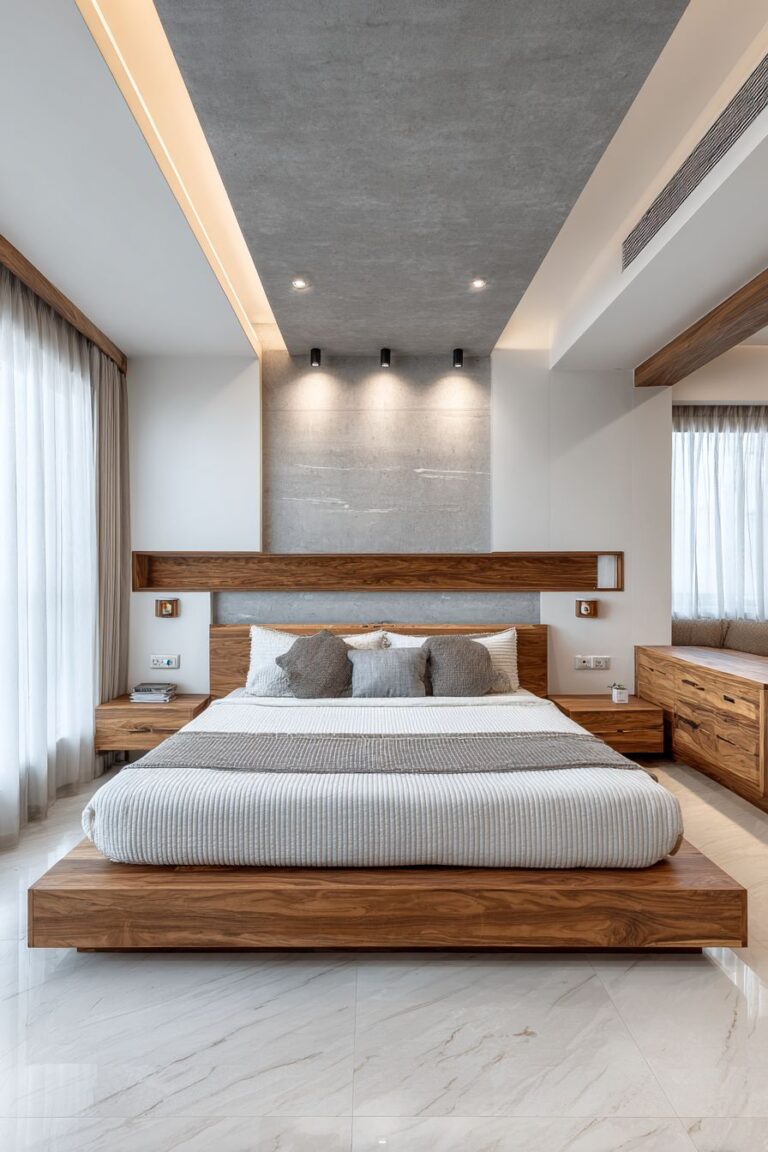Why Oak Bedroom Furniture Never Goes Out of Style
Oak furniture has graced bedrooms for centuries, maintaining its position as one of the most sought-after materials in interior design. This enduring popularity stems from oak’s unique combination of natural beauty, durability, and remarkable versatility across design styles. While trends come and go, oak bedroom furniture remains a constant presence in homes worldwide, adapting seamlessly to changing aesthetics while maintaining its intrinsic value and appeal.
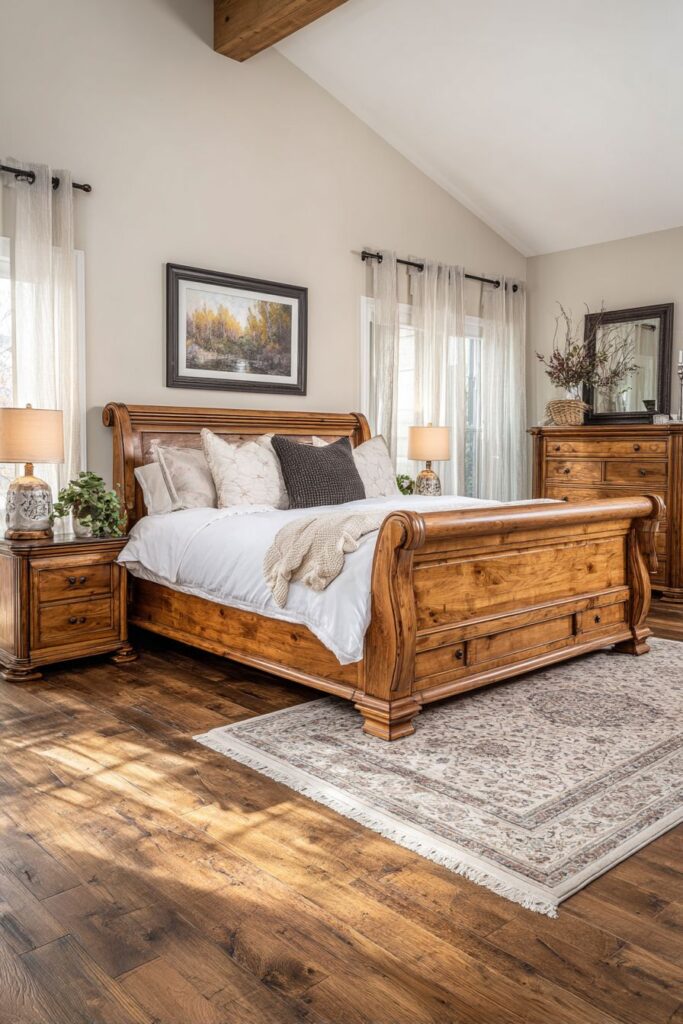
The timeless nature of oak furniture reflects thoughtful interior design principles that prioritize quality over novelty and longevity over temporary trends. Different oak finishes and styles cater to diverse personalities—from traditional spaces featuring rich, dark-stained pieces to modern rooms showcasing light, natural oak. This adaptability allows oak to serve as a foundational element in bedrooms regardless of overall design direction. Whether you prefer rustic farmhouse charm, contemporary minimalism, or classic elegance, oak furniture provides the perfect backdrop.
These ten compelling reasons explain why oak bedroom furniture transcends fleeting design trends and continues to be a wise investment for discerning homeowners. From its exceptional durability to its environmental sustainability, each aspect contributes to oak’s enduring legacy in bedroom design. Understanding these qualities helps you appreciate why choosing oak furniture represents more than just purchasing bedroom pieces—it’s investing in heirloom-quality furnishings that will serve your family for generations while maintaining their beauty and functionality.
1. Exceptional Durability and Longevity
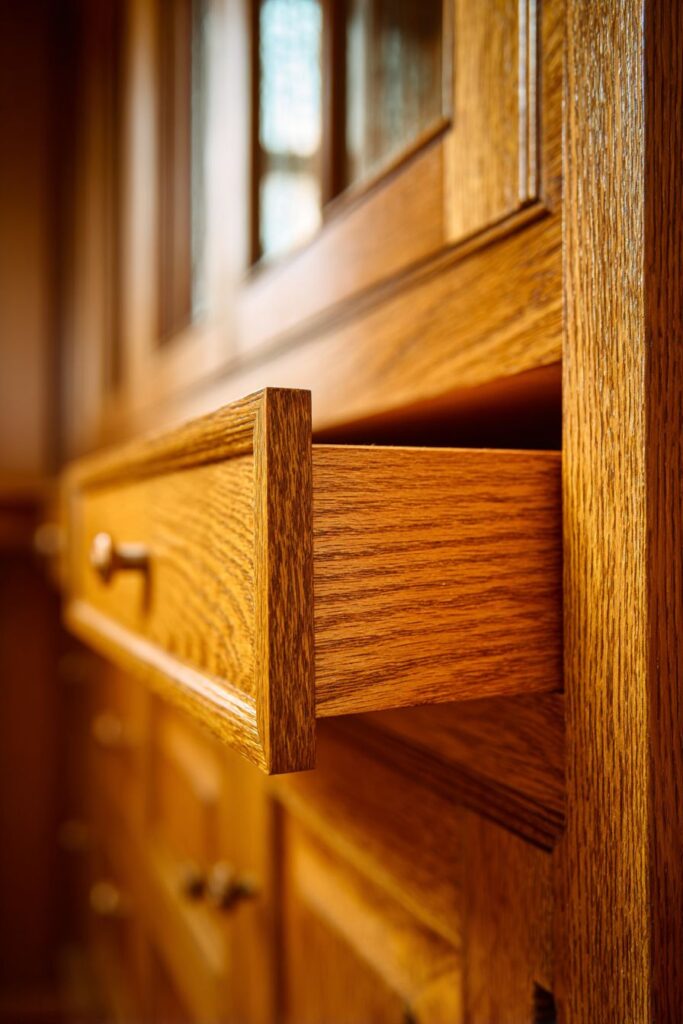
Oak’s density makes it one of the most durable hardwoods available for furniture construction. The wood’s tight grain structure and natural hardness allow it to withstand daily use without showing wear for decades. Unlike softer woods or composite materials that deteriorate quickly, oak bedroom furniture maintains its structural integrity through years of opening drawers, moving pieces, and general bedroom activities.
The natural tannins in oak provide inherent resistance to moisture, insects, and decay. This protective quality means oak furniture survives in various climates and conditions where other materials fail. Properly cared for oak pieces literally last multiple generations, becoming treasured family heirlooms passed down through families. This longevity transforms initial investment into exceptional value over time—far exceeding cheaper alternatives requiring frequent replacement.
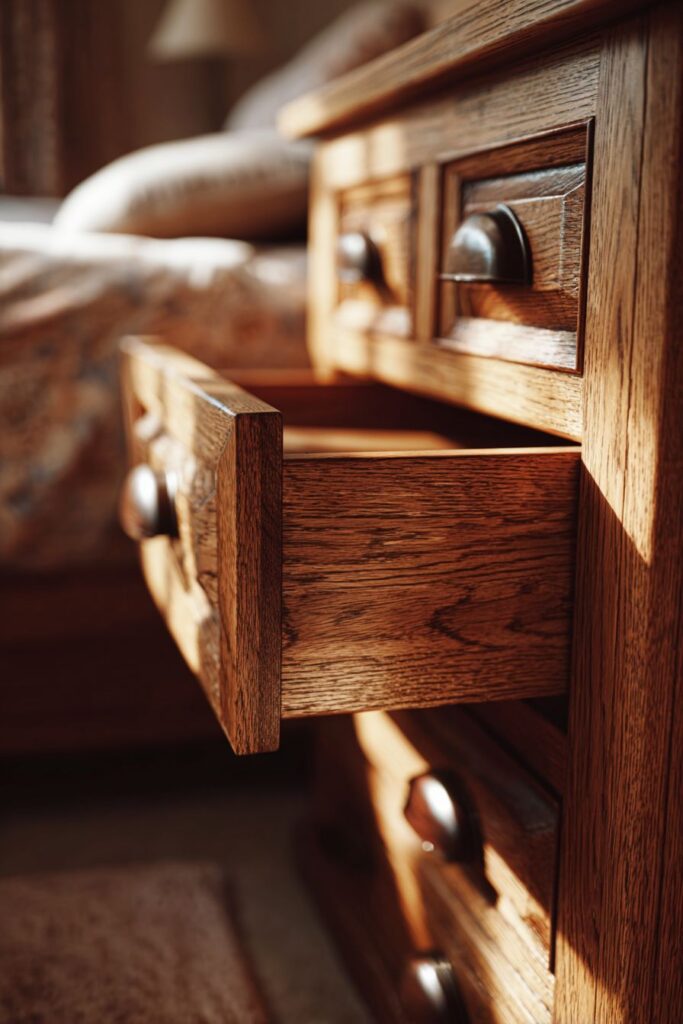
Oak’s ability to be refinished multiple times extends its functional lifespan even further. When finishes show age or style preferences change, oak accepts new stains and treatments beautifully. This renewability means your furniture evolves with your tastes rather than becoming obsolete, providing continuous service that justifies premium initial costs through decades of use.
- Choose solid oak construction rather than oak veneer for maximum durability
- Inspect joinery methods—dovetail and mortise-and-tenon joints indicate quality
- Expect well-made oak furniture to last 50-100+ years with proper care
- Consider oak’s refinishing potential when calculating long-term value
- Budget for quality oak knowing it eliminates future replacement costs
- Look for thick solid oak components rather than thin veneers
2. Timeless Aesthetic Appeal
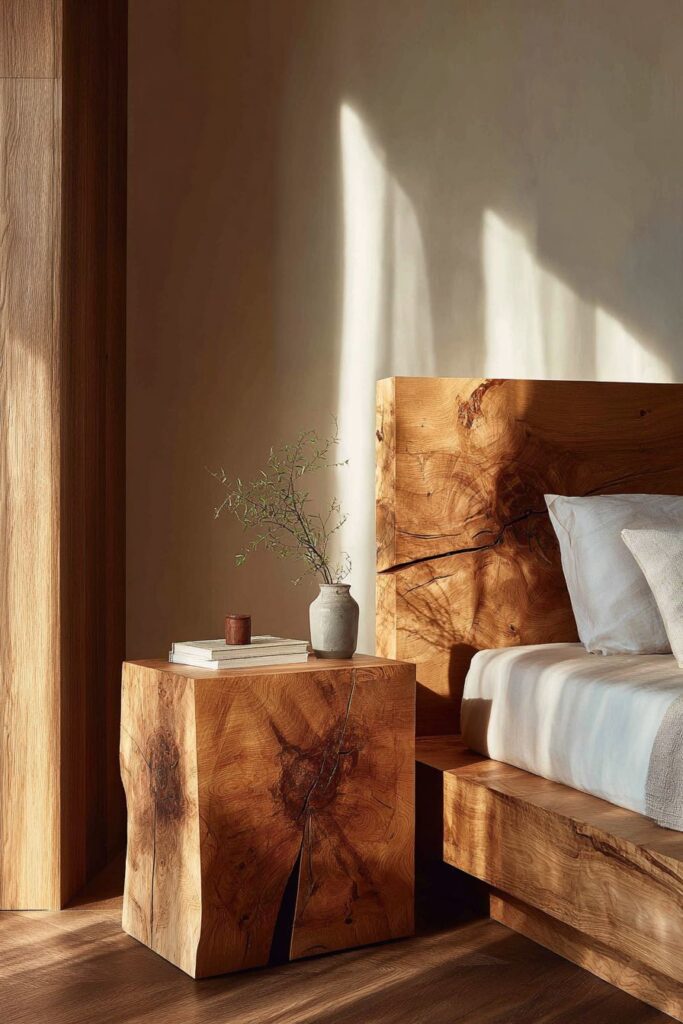
Natural grain patterns in oak create visual interest that never feels dated or trendy. Each piece features unique characteristics—no two oak boards display identical grain, ensuring your furniture remains one-of-a-kind. This inherent beauty requires minimal embellishment, allowing oak’s natural characteristics to shine through. The organic patterns provide visual texture that adds warmth without overwhelming spaces.
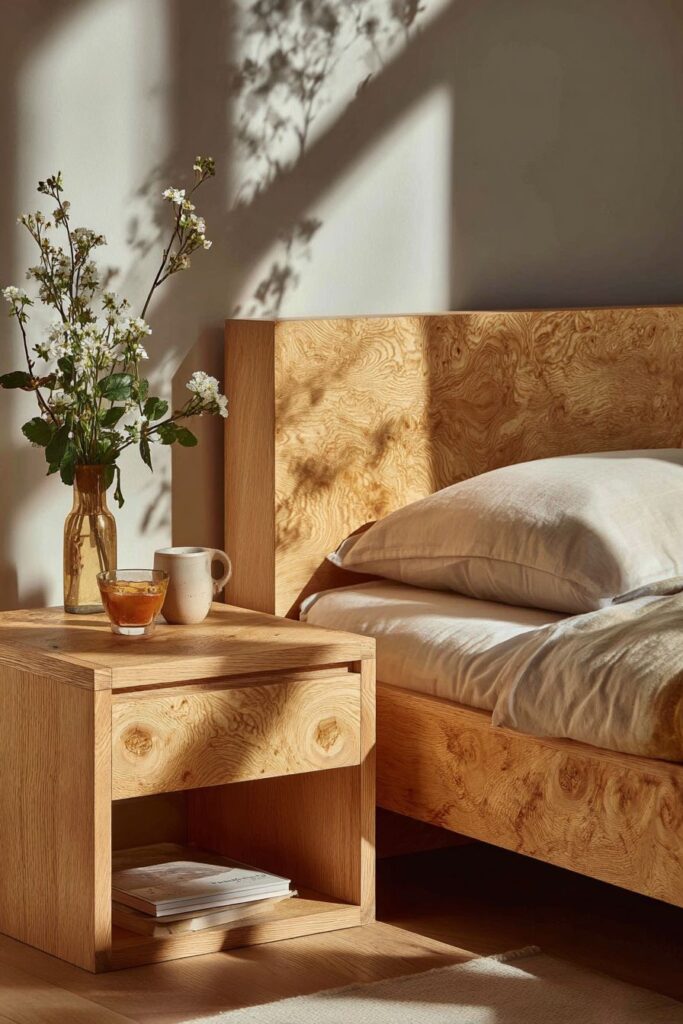
Oak’s neutral color palette works seamlessly with virtually any design scheme. Light oak brings brightness and airiness to contemporary and Scandinavian spaces. Medium oak provides versatile warmth suitable for transitional designs. Dark-stained oak delivers rich sophistication for traditional and formal settings. This color adaptability means oak furniture coordinates effortlessly as you update paint colors, bedding, and accessories around it.
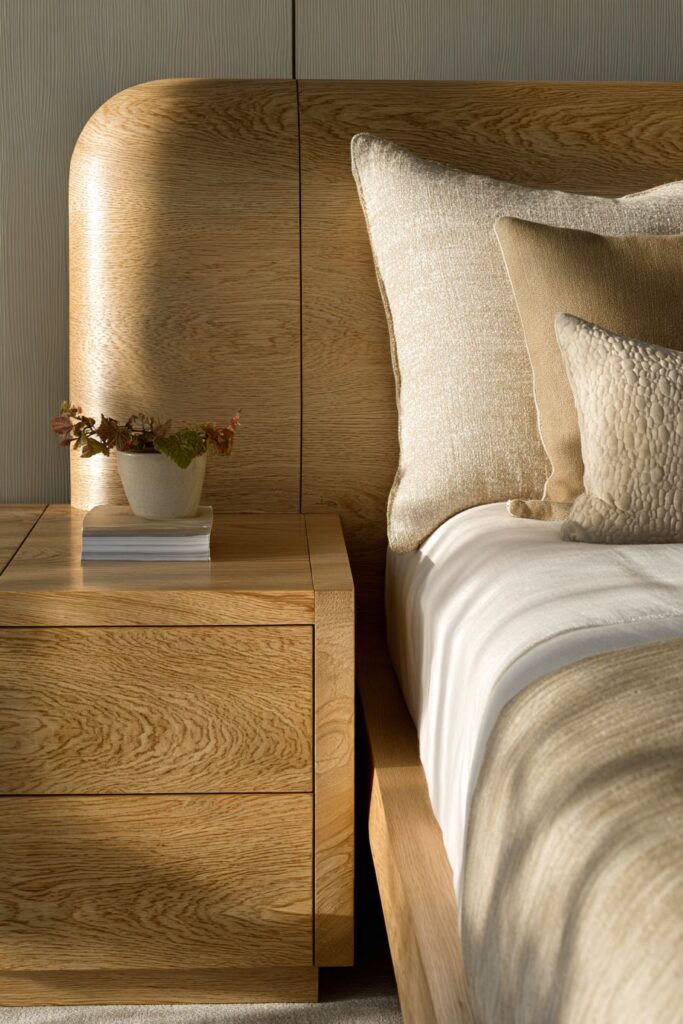
The wood’s natural variation in tone and figure creates dimensional depth that painted or laminate furniture cannot replicate. Light plays across oak’s surface differently throughout the day, creating living beauty that changes with natural illumination. This dynamic quality keeps oak furniture visually interesting year after year, preventing the visual boredom that occurs with flat, uniform materials lacking natural character.
- Select oak finish based on your bedroom’s overall color temperature
- Allow oak’s natural grain to be the focal point rather than ornate details
- Pair oak furniture with various styles from traditional to contemporary
- Choose consistent finish across all oak pieces for cohesive appearance
- Let natural oak characteristics guide rather than fight your design
- Update surrounding decor while maintaining oak furniture as constant anchor
3. Versatility Across Design Styles

Style flexibility represents one of oak’s most valuable characteristics for long-term furniture investment. The same oak dresser works equally well in farmhouse, traditional, modern, or eclectic bedrooms depending on styling context. This chameleon-like quality means your furniture adapts as design preferences evolve rather than requiring complete replacement with each style shift.
Contemporary spaces benefit from oak’s clean lines and natural simplicity when pieces feature minimal ornamentation. The wood’s honest, straightforward beauty aligns perfectly with modern design principles emphasizing authentic materials. Traditional rooms showcase oak’s richness through carved details and darker finishes that highlight the wood’s depth. Transitional designs leverage oak’s ability to bridge both aesthetics seamlessly.

Mixing oak with other materials creates interesting contrasts that feel intentionally curated. Pair oak with metal accents for industrial edge, combine with white painted pieces for cottage charm, or contrast with darker woods for eclectic sophistication. Oak’s neutrality allows these combinations without clashing, providing design flexibility that trendier materials cannot match.
- Style light oak with modern bedding and minimal accessories for contemporary look
- Add traditional elements like ornate mirrors to create classic aesthetic
- Mix oak furniture with painted pieces for cottage or farmhouse style
- Incorporate metal and glass accessories for industrial-modern contrast
- Update hardware on oak pieces to shift style without replacing furniture
- Use varied textiles and colors to transform oak’s appearance seasonally
4. Environmental Sustainability
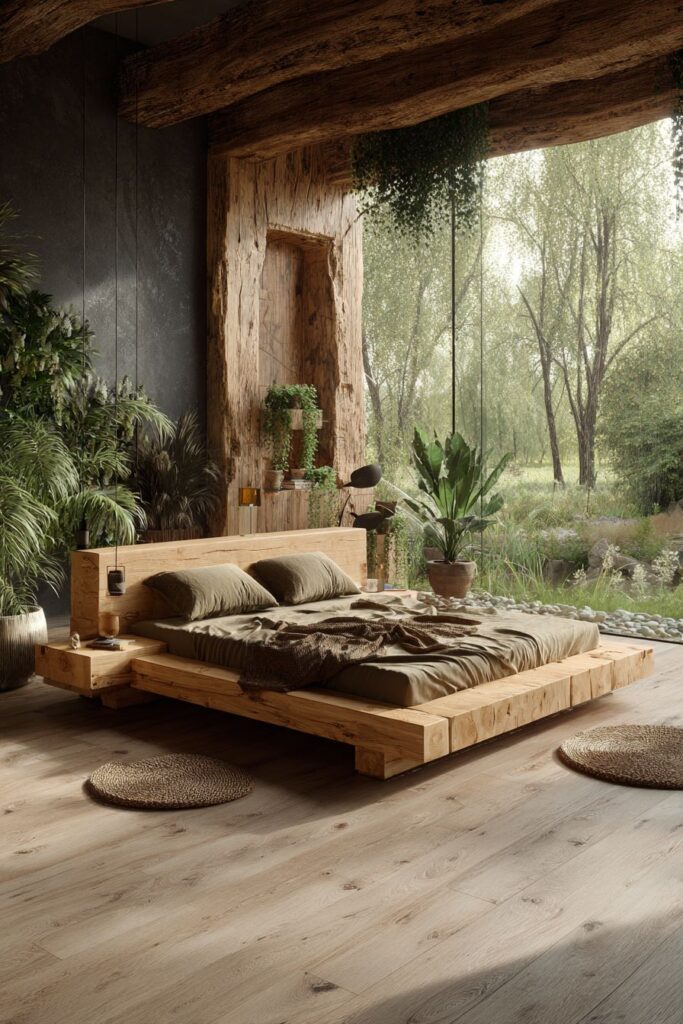
Responsible sourcing makes oak one of the most sustainable furniture materials available. Oak trees grow relatively quickly compared to other hardwoods, reaching maturity in 80-120 years. Modern forestry practices ensure replanting maintains oak populations for future generations. Choosing oak furniture from certified sustainable sources supports responsible forest management and environmental stewardship.

Oak’s exceptional durability provides environmental benefits through reduced replacement needs. Furniture lasting 50-100 years significantly decreases the environmental impact compared to disposable pieces requiring replacement every 5-10 years. This longevity reduces manufacturing energy, transportation emissions, and landfill waste associated with frequent furniture turnover.
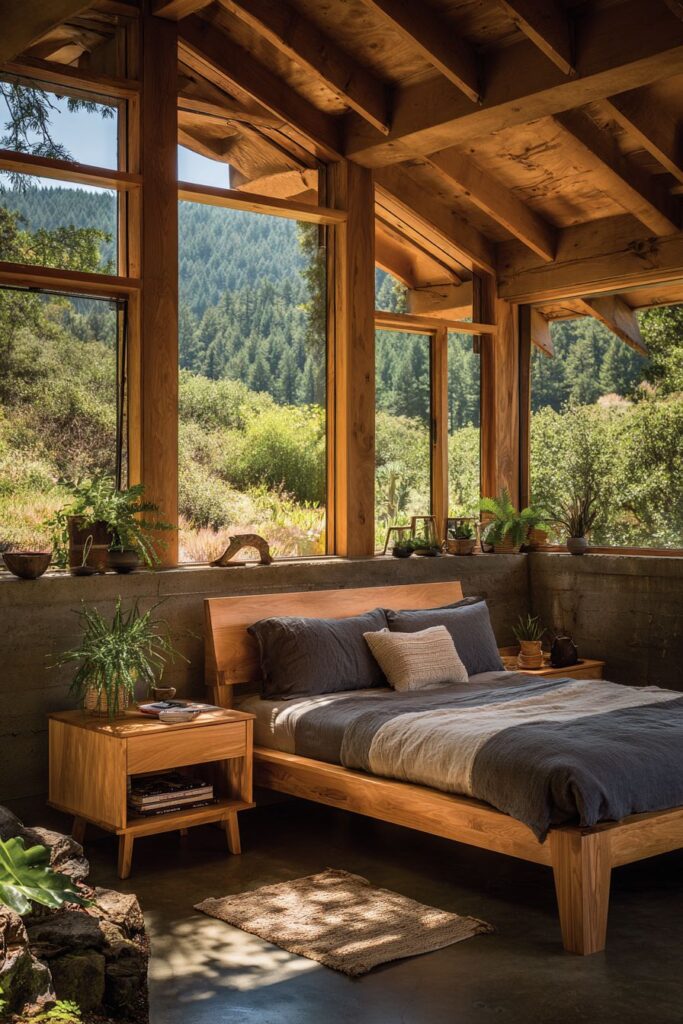
The wood’s natural composition makes oak furniture fully biodegradable at end of life, unlike synthetic materials containing plastics and chemicals. However, oak’s quality typically means pieces get refinished, repurposed, or sold rather than discarded. This circular lifecycle maximizes resource efficiency while minimizing waste—a crucial consideration for environmentally conscious consumers prioritizing sustainable choices.
- Look for FSC or PEFC certification ensuring sustainable forest management
- Choose solid oak over composite materials for better environmental profile
- Consider oak’s 50+ year lifespan when evaluating environmental impact
- Support manufacturers using non-toxic, water-based finishes and stains
- Plan to refinish rather than replace oak furniture when refreshing needed
- Purchase quality oak knowing it reduces long-term consumption and waste
5. Excellent Value Retention
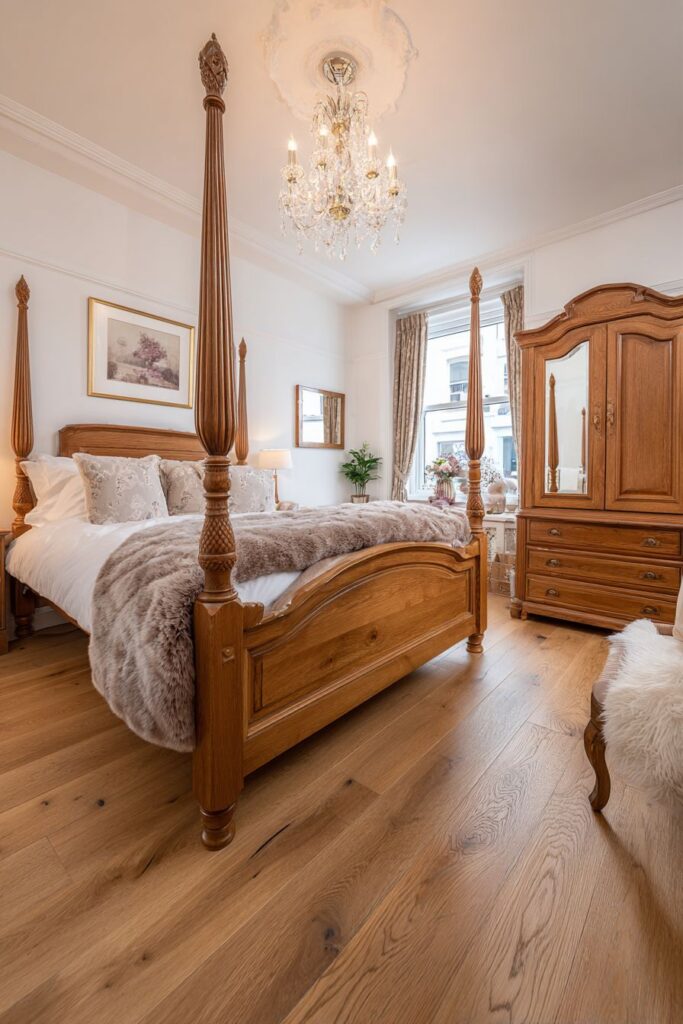
Investment quality distinguishes oak furniture from mass-produced alternatives that depreciate immediately. Well-made oak pieces maintain significant resale value, often selling for 40-60% of original price even after decades. Antique oak furniture frequently appreciates, with certain styles commanding premium prices that exceed original costs when adjusted for inflation.
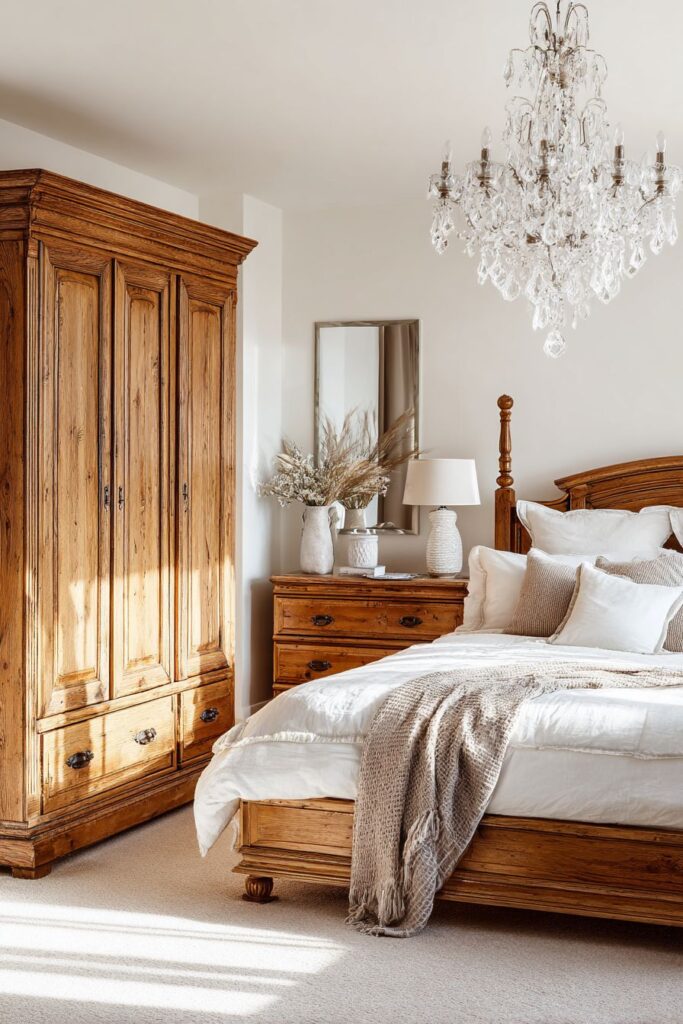
The secondary market for quality oak furniture remains robust, providing exit strategies if needs change. Online marketplaces, consignment shops, and antique dealers actively seek solid oak pieces in good condition. This ongoing demand means your investment retains tangible worth rather than becoming worthless the moment it leaves the store like cheaper alternatives.
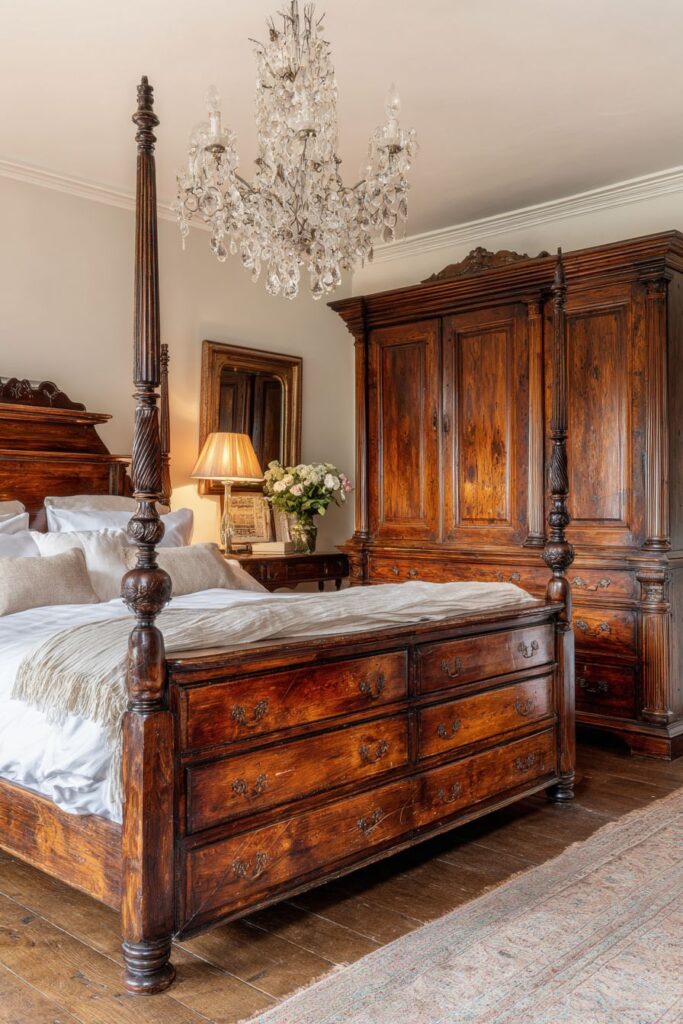
Compare oak’s value retention to particleboard or veneer furniture that becomes nearly worthless immediately. While oak requires larger initial investment, the combination of longevity, beauty, and resale potential makes it financially prudent. Calculate cost-per-year of ownership rather than just purchase price—oak consistently proves more economical over its extended lifespan than cheap furniture requiring frequent replacement.
- Research current market values for oak furniture before purchasing
- Keep original purchase receipts and refinishing documentation for resale
- Maintain oak furniture properly to preserve maximum resale value
- Consider oak an investment asset rather than pure expense
- Choose classic styles over trendy designs for best value retention
- Factor resale potential into initial purchase decision-making
6. Easy Maintenance and Care
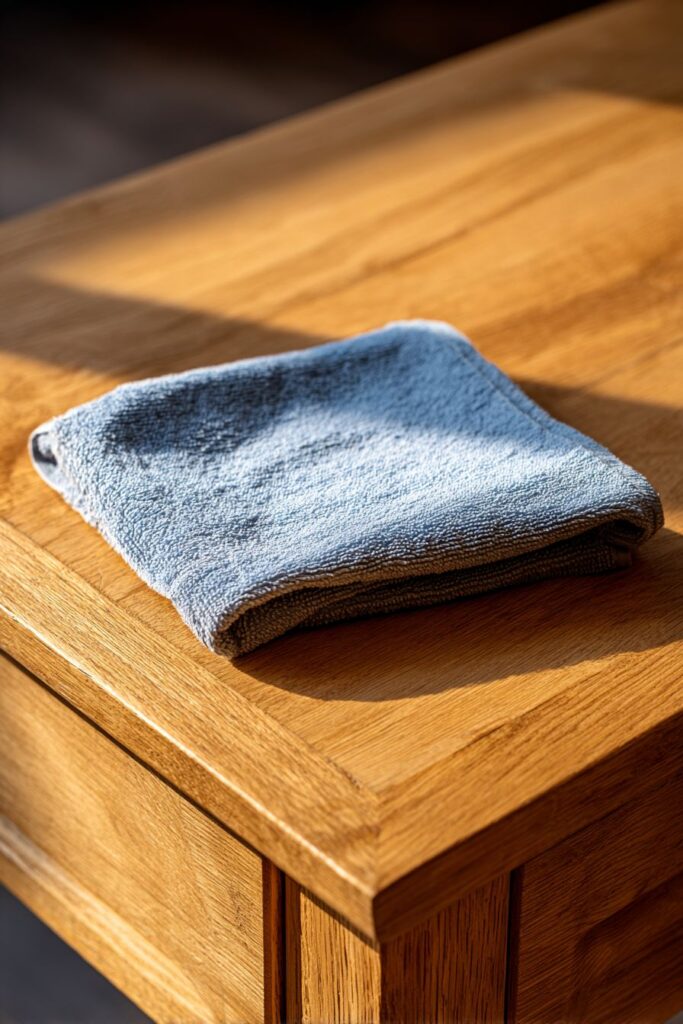
Simple maintenance keeps oak furniture beautiful with minimal effort and expense. Regular dusting with soft cloths and occasional furniture polish maintains protective finishes. Unlike materials requiring special cleaners or complex procedures, oak responds well to basic care routines anyone can master. This ease of maintenance ensures furniture stays beautiful without demanding schedules or expensive professional services.
Oak’s durability means it forgives minor mishaps that would permanently damage lesser materials. Small scratches often buff out with gentle rubbing. Water rings from glasses typically disappear with proper treatment. Even deeper damage can be professionally repaired or refinished rather than requiring full replacement. This forgiving nature provides peace of mind, especially in active households.
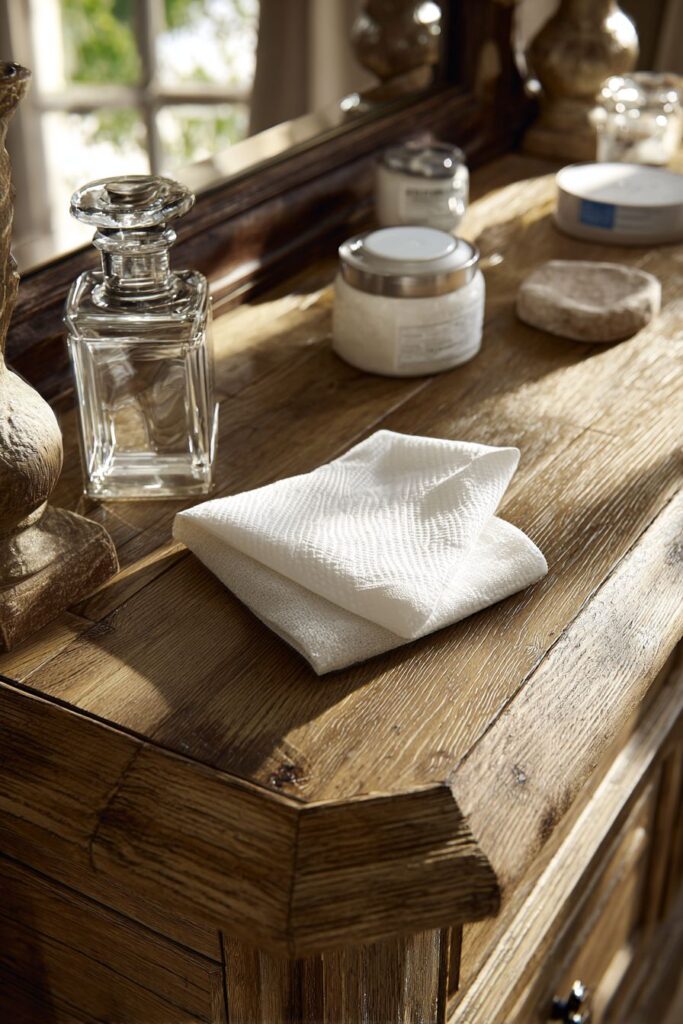
Preventive care extends oak furniture’s beauty indefinitely with minimal effort. Use coasters and placemats to protect surfaces. Avoid placing furniture in direct sunlight that causes fading. Maintain consistent humidity levels to prevent wood expansion and contraction. These simple precautions ensure your oak bedroom furniture maintains its showroom appearance for decades with virtually no intensive maintenance required.
- Dust oak furniture weekly using soft microfiber cloths
- Apply quality furniture polish or wax every 3-4 months
- Clean spills immediately with slightly damp cloth then dry thoroughly
- Use coasters and felt pads to prevent surface scratches and marks
- Avoid harsh chemicals or abrasive cleaners that damage finishes
- Maintain 40-60% relative humidity for optimal wood stability
7. Natural Warmth and Character

Organic warmth radiating from oak creates inviting bedroom atmospheres that synthetic materials cannot replicate. The wood’s natural honey and golden tones add visual warmth that makes spaces feel cozy and welcoming. This inherent quality becomes particularly valuable in bedrooms where comfort and relaxation are paramount. Unlike cold metals or stark whites, oak furniture provides grounding presence that soothes.

Each oak piece tells a unique story through its grain patterns, knots, and natural variations. These characteristics add personality and visual interest that mass-produced uniform furniture lacks. The imperfections and irregularities represent authentic natural beauty rather than manufacturing flaws. This genuine character creates emotional connections with furniture, transforming functional pieces into beloved possessions.
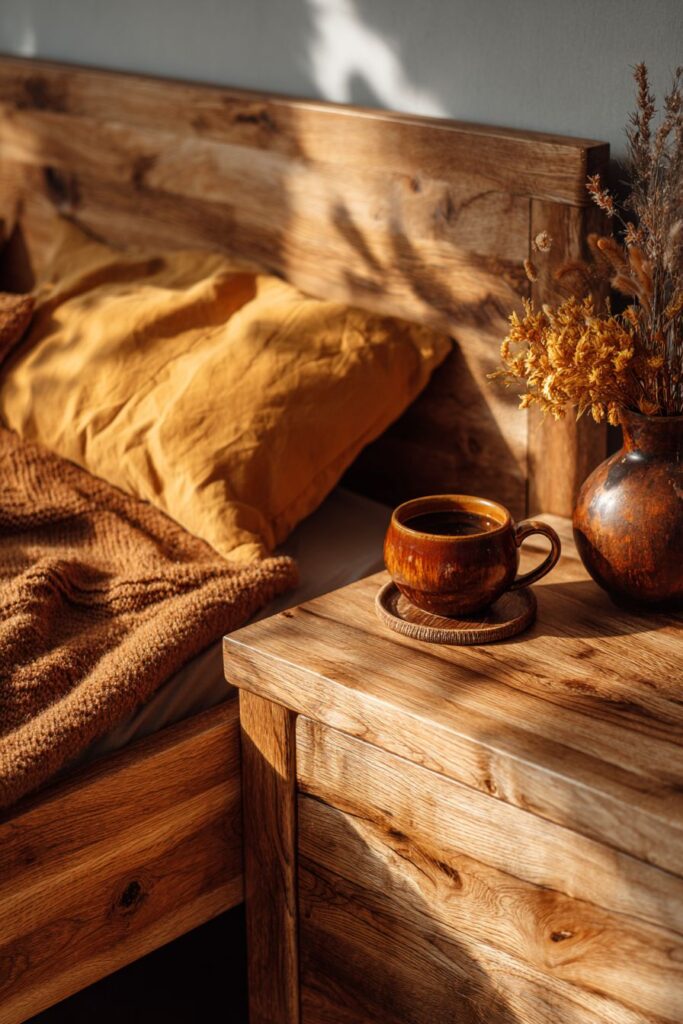
Oak’s tactile qualities enhance the sensory experience of bedroom spaces. The wood feels substantial and real under your hands—smooth yet with perceptible grain texture. This physical presence provides psychological satisfaction that hollow composite furniture cannot deliver. The solid, real nature of oak creates subconscious comfort that contributes to overall bedroom ambiance.
- Choose pieces showcasing oak’s natural grain rather than heavily painted styles
- Embrace natural variations as character rather than viewing as defects
- Select finish that enhances rather than obscures wood grain beauty
- Touch and feel oak furniture during selection for tactile connection
- Allow oak’s warmth to anchor and ground bedroom color schemes
- Appreciate each piece’s unique grain patterns as natural artwork
8. Adaptability to Refinishing
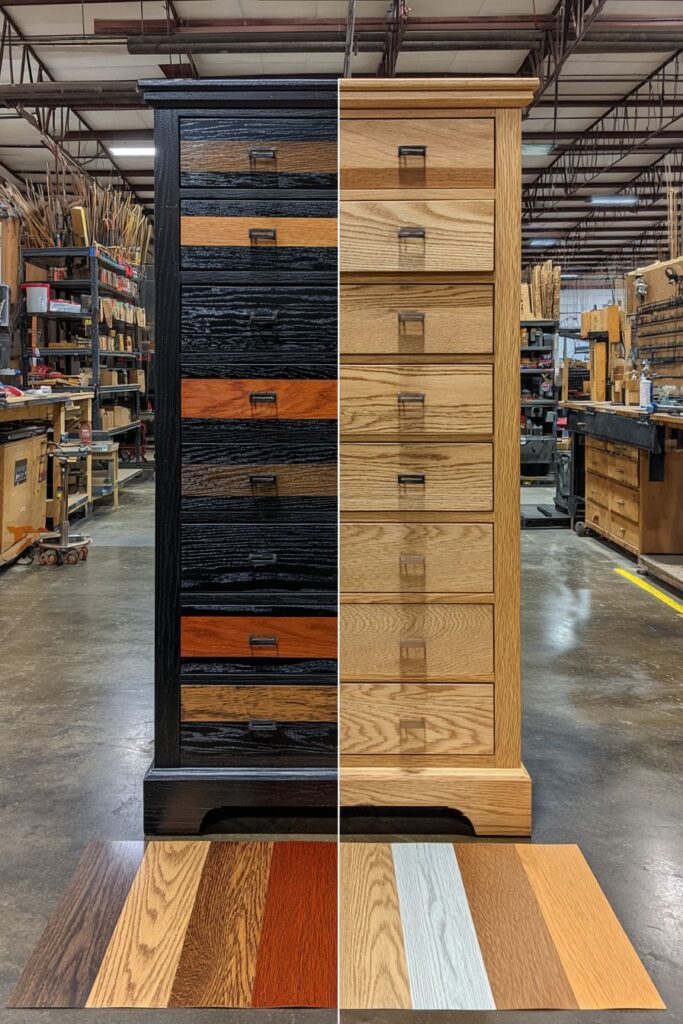
Refinishing capability represents one of oak’s most valuable yet often overlooked benefits. When styles change or finishes show age, oak accepts new treatments beautifully. Strip existing finish, sand the surface, and apply new stain or paint to completely transform appearance. This remarkable flexibility allows the same furniture to serve through multiple design phases throughout your life.
The process of refinishing oak remains relatively straightforward compared to other woods. Oak’s open grain accepts stains evenly, producing consistent color. The hard surface sands smoothly without tearing or gouging. Professional refinishing costs significantly less than new furniture purchase, making it economically sensible for updating appearance. DIY refinishing is also achievable for motivated homeowners with basic tools and patience.
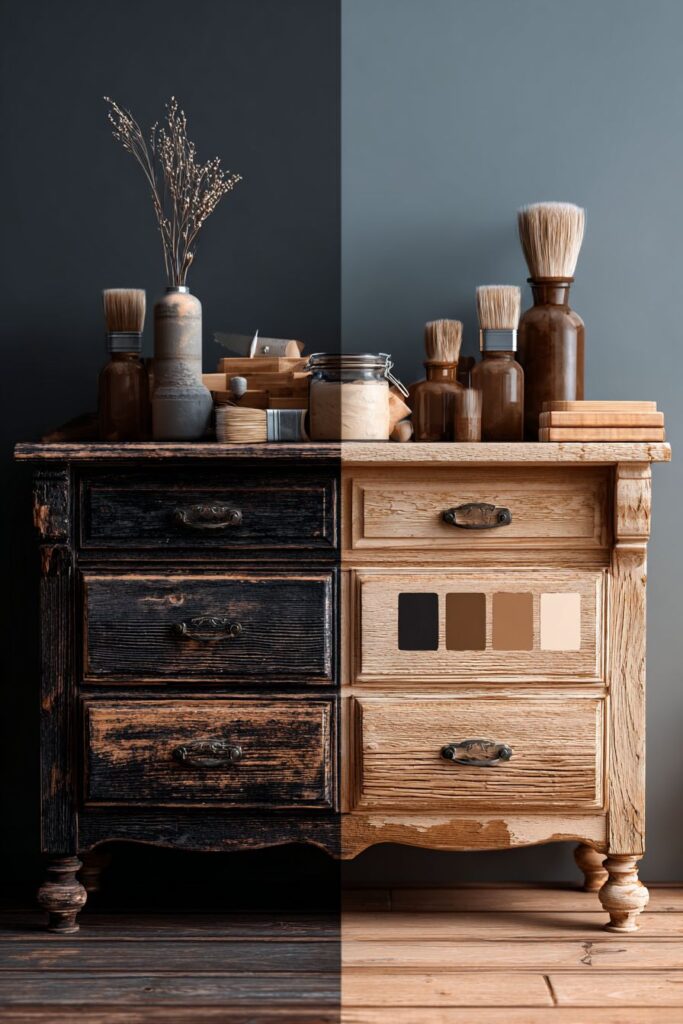
Consider your oak furniture as a blank canvas that can be repeatedly reimagined. Current dark finish can become light and contemporary. Natural oak might eventually accept paint for shabby chic aesthetics. Worn finish can be restored to like-new condition. This transformative potential means your furniture investment continues serving indefinitely, adapting to your evolving preferences rather than becoming obsolete.
- Research current refinishing costs before replacing oak furniture
- Consider DIY refinishing for straightforward projects and budget savings
- Strip and sand properly before applying new finishes for best results
- Test stain colors on hidden areas before committing to the entire piece
- Invest in professional refinishing for valuable or complex pieces
- View refinishing as furniture renewal rather than expense
9. Psychological Comfort and Familiarity
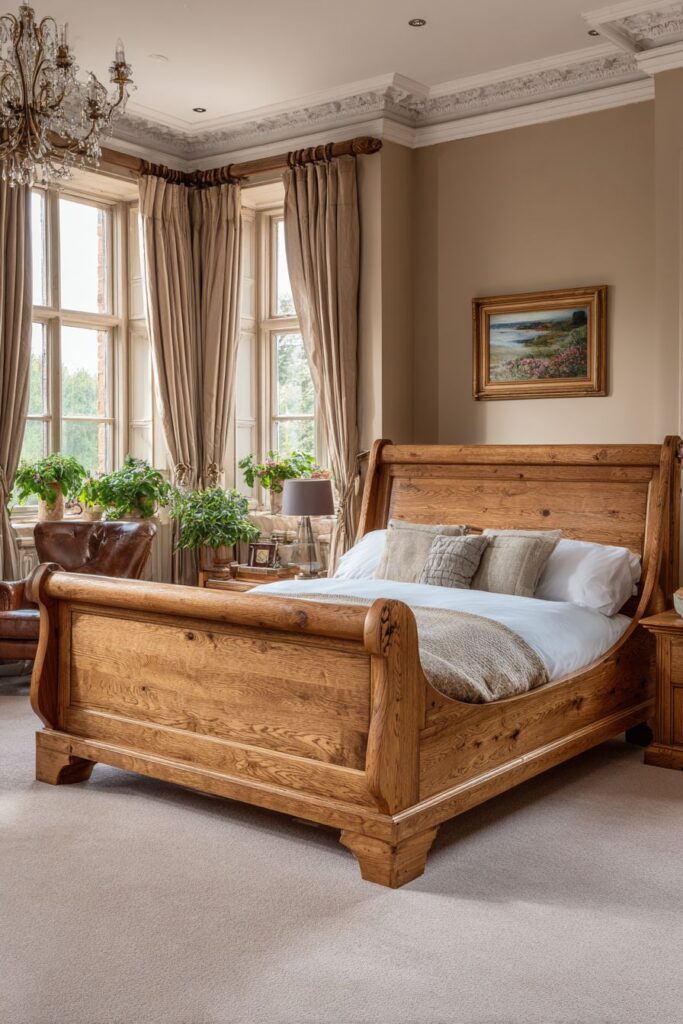
Emotional connection to real wood furniture provides psychological benefits beyond pure aesthetics. Oak’s solid, substantial presence creates subconscious security that humans instinctively associate with natural materials. Studies show natural wood in living spaces reduces stress hormones and promotes wellbeing. This biophilic response makes oak furniture particularly appropriate for bedroom environments prioritizing rest and relaxation.
The lasting presence of quality oak furniture provides comforting continuity through life’s changes. While other possessions come and go, your oak bedroom set remains constant companion through different life stages. This stability becomes increasingly valuable in our rapidly changing world where few things endure. The furniture witnesses and supports your personal evolution while maintaining its own integrity.
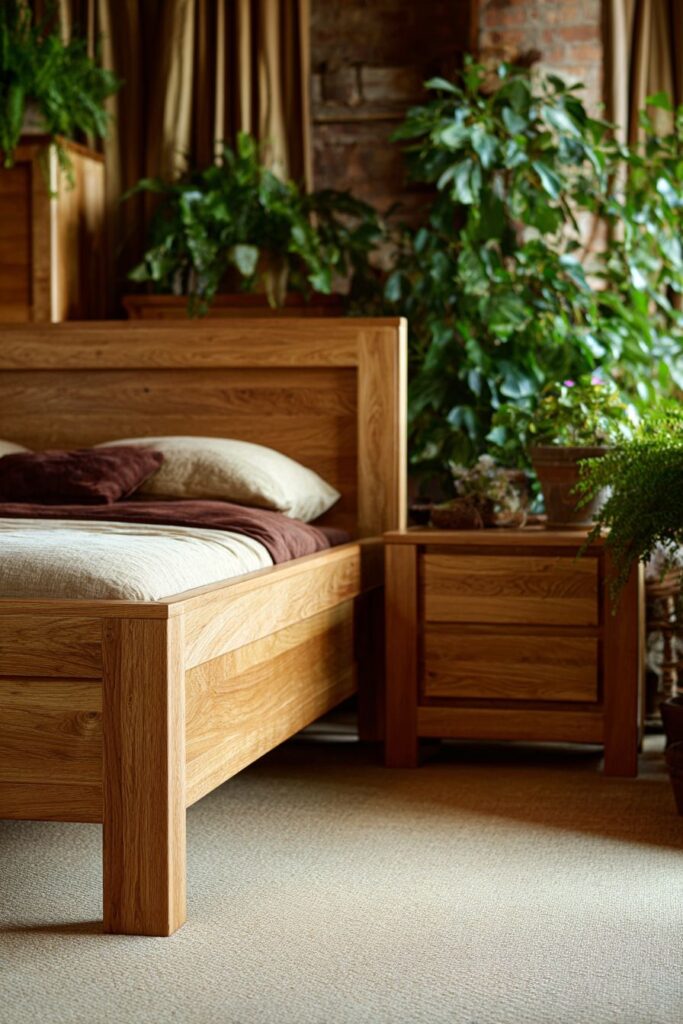
Choosing oak connects you to design heritage spanning centuries. The same material that furnished medieval castles and colonial homes now serves contemporary bedrooms. This historical continuity provides meaningful context that trendy materials lack. You’re not just buying furniture—you’re participating in timeless tradition of appreciating quality craftsmanship and natural beauty.
- Recognize oak furniture’s psychological benefits beyond pure function
- Value emotional connection developed through years of daily use
- Appreciate continuity oak pieces provide through life changes
- Consider oak’s historical significance and design heritage
- Allow familiar oak furniture to serve as anchors during transitions
- Embrace oak’s enduring presence as source of comfort and stability
10. Superior Craftsmanship Showcase
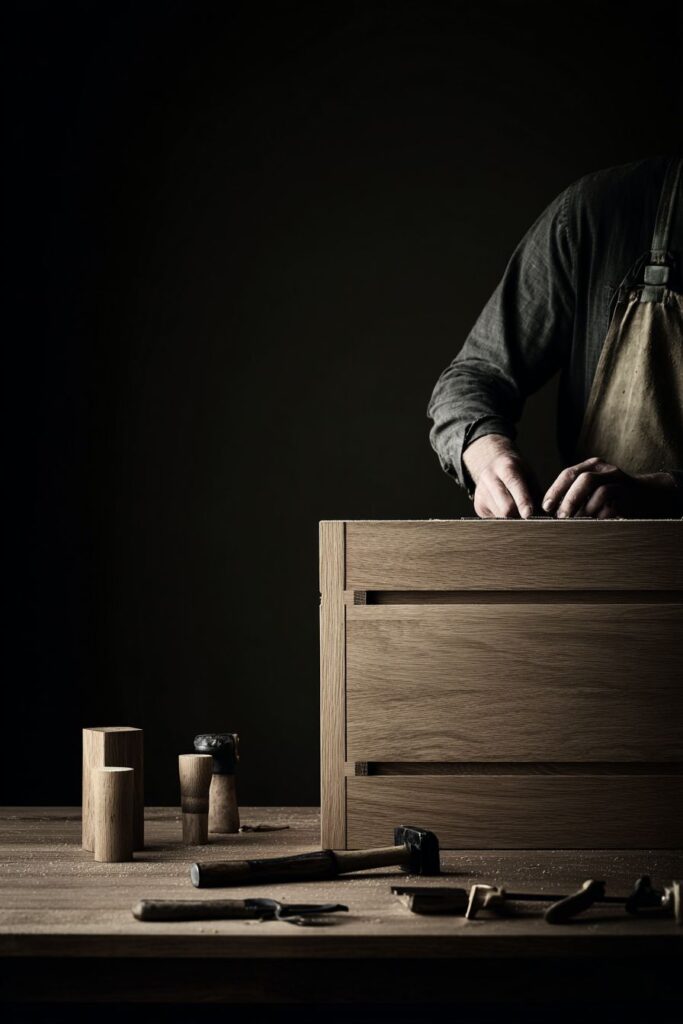
Traditional joinery methods showcase best when working with quality hardwoods like oak. Dovetail joints, mortise-and-tenon connections, and hand-rubbed finishes demonstrate craftsmanship that mass-produced furniture cannot replicate. These time-honored techniques create stronger, more beautiful pieces that justify premium prices. Oak’s hardness requires skill to work properly, ensuring quality oak furniture represents true craftsmanship.
The visibility of construction quality in oak furniture makes it easier to identify well-made pieces. Examine joints, drawer slides, and finish application to assess craftsmanship. Quality reveals itself in smooth drawer operation, tight joints, and even stain penetration. This transparency helps consumers make informed decisions based on actual quality rather than marketing claims alone.

Investing in well-crafted oak furniture supports artisan traditions and skilled trades that deserve preservation. Master craftspeople bring decades of experience to creating exceptional pieces that machines cannot replicate. Your purchase helps maintain these valuable skills while acquiring furniture reflecting human artistry. This connection between maker and owner adds meaningful dimension that factory-produced items lack completely.
- Examine joinery carefully—dovetails and mortise-and-tenon indicate quality
- Test drawer operation for smooth glides indicating proper construction
- Look for hand-rubbed or hand-applied finishes showing craftsmanship
- Ask about construction methods and craftspeople involved in creation
- Choose pieces from makers known for traditional quality standards
- Value craftsmanship as essential component justifying oak’s premium price
Conclusion
Oak bedroom furniture’s enduring appeal stems from a rare combination of beauty, durability, versatility, and value that few materials match. These ten qualities explain why oak transcends temporary trends to remain perpetually relevant across generations and design movements. When you choose oak, you’re not following fashion—you’re making wise investment in furniture that will serve your family for decades while maintaining beauty and functionality.
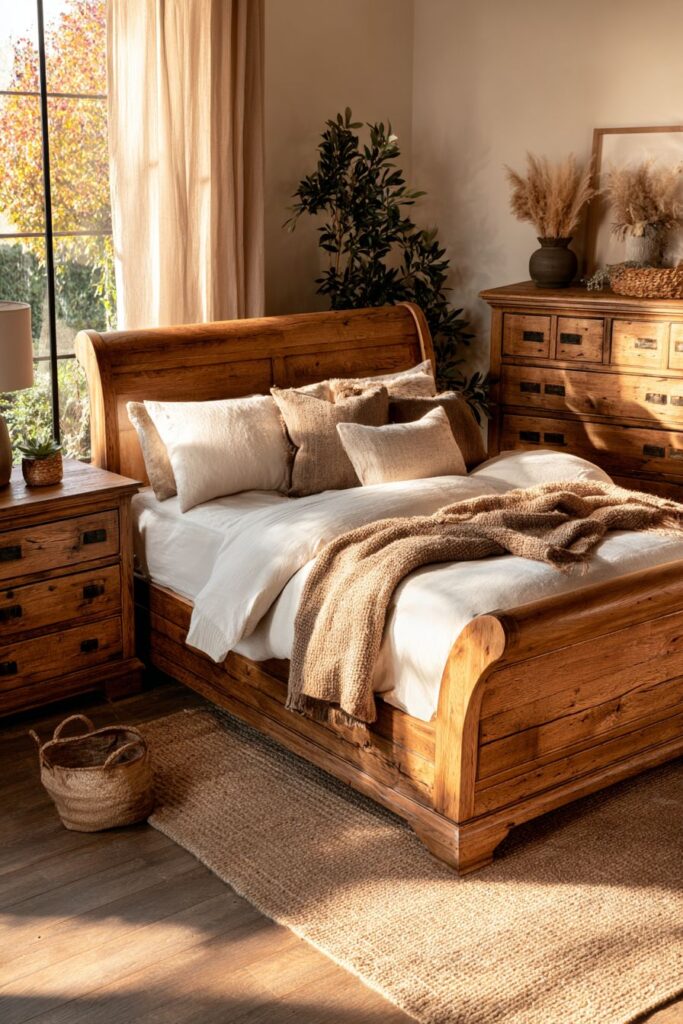
The decision to invest in quality oak furniture represents commitment to sustainable consumption, appreciation for craftsmanship, and recognition of true value. Start exploring oak options with confidence, knowing your selection will remain stylish and functional indefinitely. Whether furnishing your first bedroom or upgrading existing pieces, oak provides the perfect foundation for creating spaces you’ll love for years to come. Trust in oak’s proven track record and embrace furniture that truly never goes out of style.

